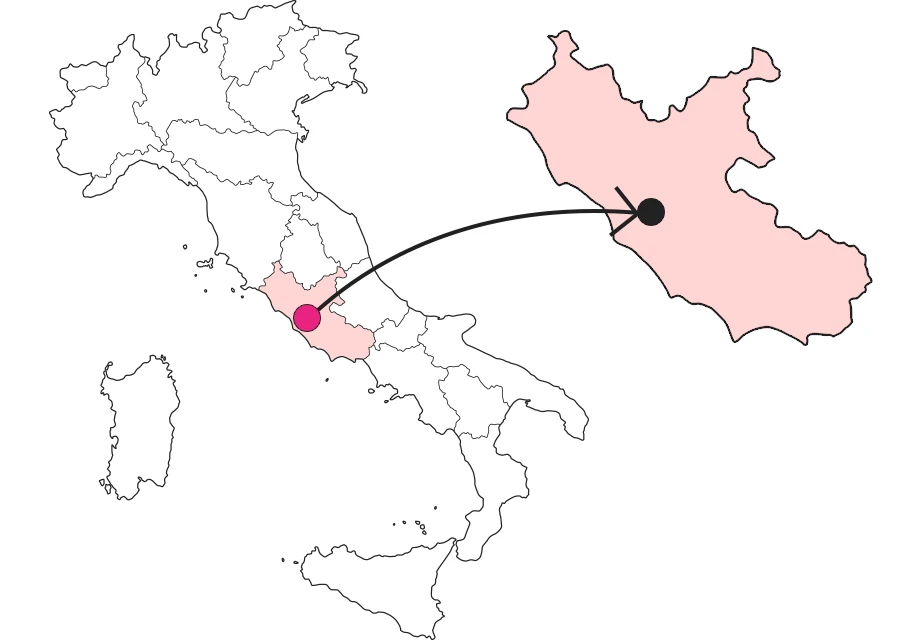SHARRYLAND


Basilica of Saint Cecilia
A grand temple tells the story of a young martyr



Where is

What it is and where it is
The Basilica of St. Cecilia is a treasure chest of beauty, a place where art and history are intertwined and enhanced. Witness to art and faith is the beautiful statue placed under the high altar, executed by Stefano Maderno in 1599. It portrays the Saint as she appeared at her exhumation: she still appeared in perfect condition. According to legend, the body was found in the 9th century in the catacombs of St. Callistus, thanks to Cecilia herself, who appeared in a dream to Pope Paschal I and showed him the exact spot to look for her.
Why it is special
Churches often rise on the remains of previous houses of worship, but not this one. To better understand what lies beneath, we need to know more about the saint to whom it is dedicated. Cecilia was a young Roman virgin who on her wedding day also converted her husband Valerian to Christianity. Both were persecuted and killed. It is said that the Basilica dedicated to her stands on the remains of their home, and it is perhaps this very human story that imbues her with legend and mysticism.
Not to be missed
Among the must-see works inside the Basilica are definitely the ciborium executed by Arnolfo di Cambio, the Last Judgment, a fresco executed by Cavallini on the church's counter-façade, the beautiful 9th-century mosaic in the church's basin, and the fresco in the vault executed by Sebastiano Conca with the Apotheosis of Saint Cecilia.
A bit of history
The Basilica appears to have stood on the home of the martyrs Cecilia and Valerian, who were persecuted and killed in about 230. Excavations in 1899 uncovered buildings from the Republican period with remakes from the 2nd and 4th centuries. The first nucleus of the church was erected by Pope Paschal I in the 9th century, immediately after the discovery of the saint's body in the catacombs of San Callisto. Later, between the 12th and 13th centuries, cloister, atrium and bell tower were added. Further restoration was carried out in the 18th century and the monumental portico was built by Ferdinando Fuga.
Curiosities
The Saint Cecilia reproduced in the statue by Stefano Maderno uses three fingers to point at something. This is a gesture related to her particularly violent martyrdom. First they tried to have her die in the calidarium of her house with boiling vapors, but having remained unharmed, they decided to behead her. To get to the end, it took three blows to the neck and three days of torture during which, unable to speak, she pointed with the fingers of her hand to the Trinity.
Enter the Map of Italy's Undiscovered Wonders and find treasures where you least expect it... Inspire, Recommend, Share...
Contact
Collections
The Map thanks:
Enter the Map of Italy's Undiscovered Wonders and find treasures where you least expect it... Inspire, Recommend, Share...
Where is

Contact
Collections

